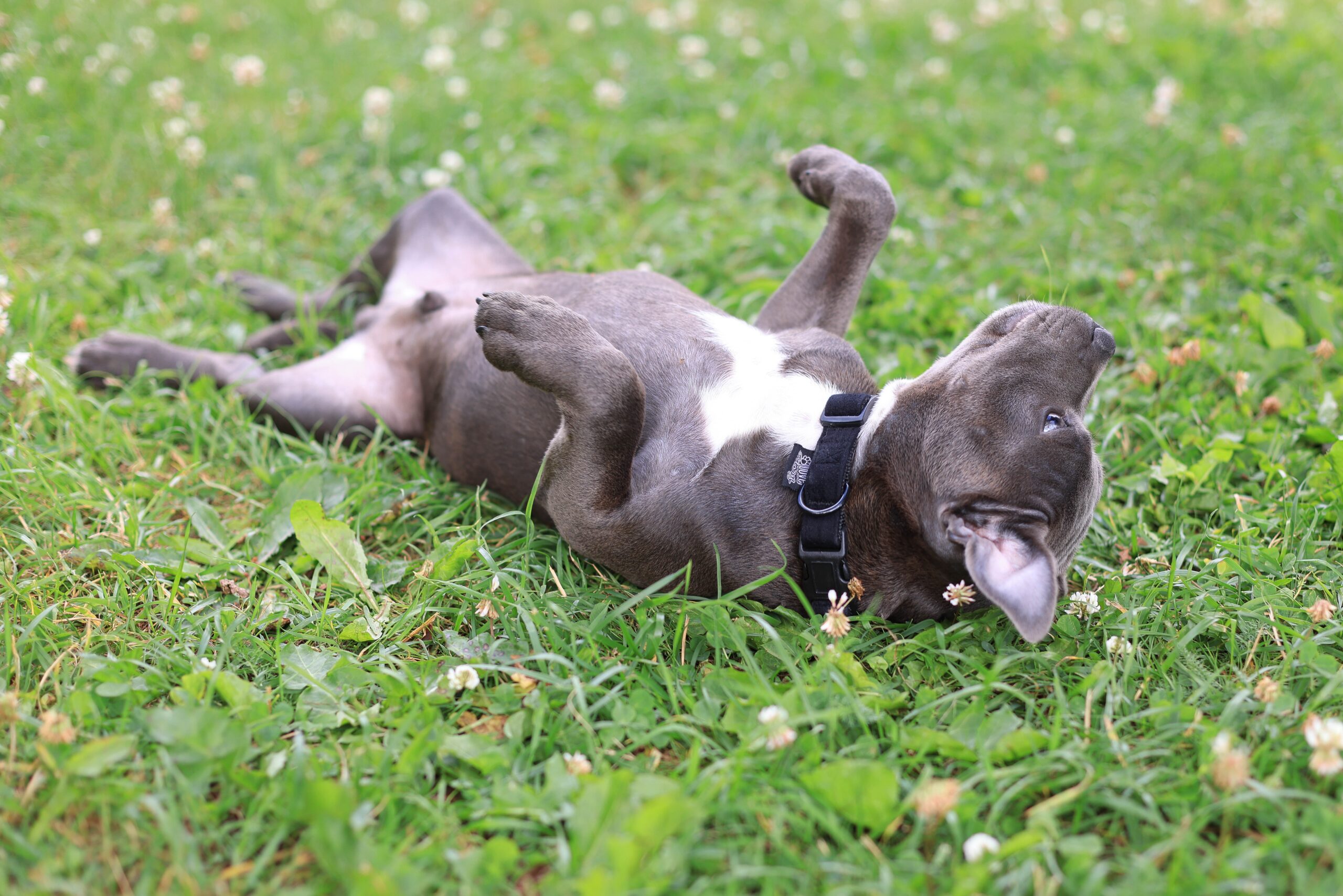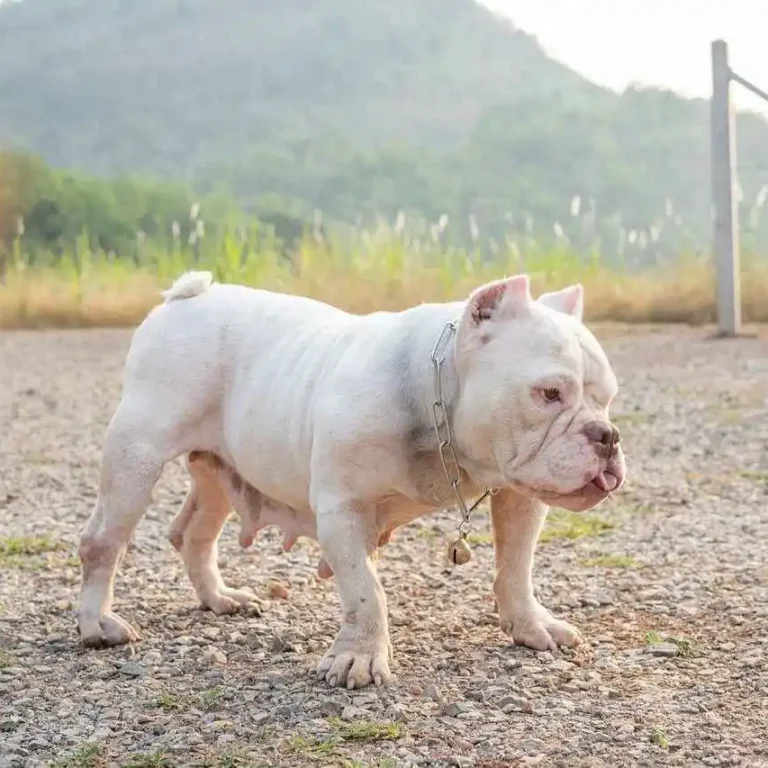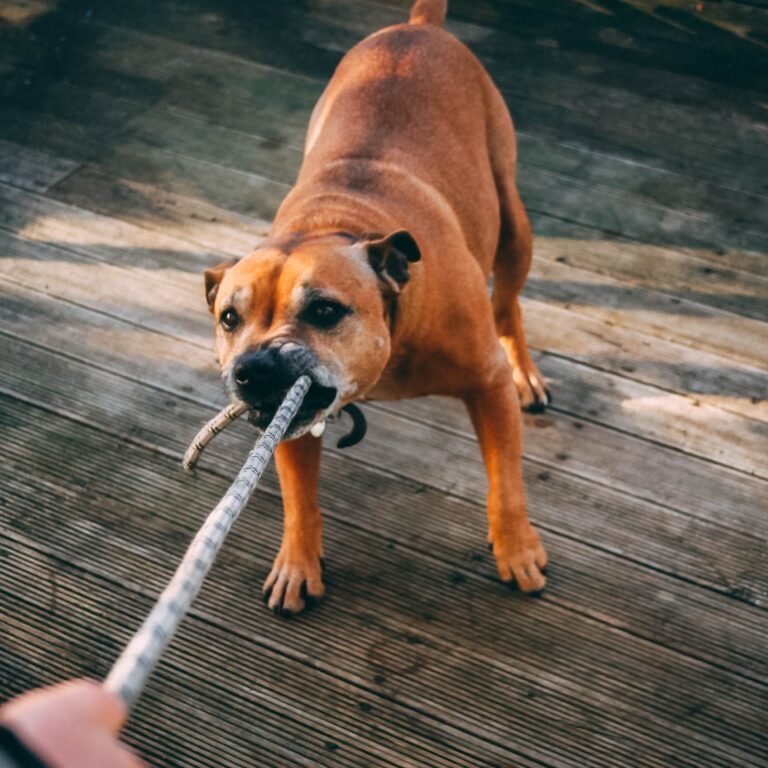Female Dog in Heat Behavior Crying
Female Dog in Heat Behavior Crying
Introduction:
When a female dog enters her heat cycle, also known as estrus, it triggers various physiological and behavioral changes. It is essential for dog owners to understand these behaviors to ensure the well-being of their furry friends.
One common behavior observed during this period is crying or excessive vocalization. In this article, we will delve into the reasons behind female dog crying during heat, explore the behavioral changes they exhibit, and provide helpful tips on how to address this issue. So, let’s dive in and gain a better understanding of your female dog’s behavior during heat.
What is the Heat Cycle in Female Dogs?
The heat cycle, or estrous cycle, is a recurring reproductive phase in female dogs. It typically occurs every six to eight months and lasts for about three weeks. During this time, the female dog experiences hormonal changes that prepare her for potential mating and pregnancy.

Behavioral Changes During the Heat Cycle
When a female dog is in heat, her behavior can undergo noticeable alterations. These behavioral changes vary from dog to dog, but common signs include:
Crying and Vocalization
Crying or excessive vocalization is a common behavior observed in female dogs during their heat cycle. It is their way of expressing their heightened emotions and attracting potential mates. The crying is often accompanied by other behaviors such as restlessness, increased urination, and a more affectionate disposition.

Reasons for Crying During Heat
a. Attracting Males: Female dogs in heat emit pheromones that signal their fertility. Crying is one way for them to communicate their availability to potential male suitors.
b. Discomfort and Pain: The physical changes occurring during the heat cycle, such as uterine contractions and increased blood flow to the reproductive organs, can cause discomfort and mild pain. Crying may be an indication of this discomfort.
c. Frustration and Anxiety: The heightened hormonal activity during heat can lead to frustration and anxiety in female dogs. Crying may serve as an outlet for their emotional distress.

Dealing with Crying During Heat
If your female dog is crying excessively during her heat cycle, there are several measures you can take to help alleviate her discomfort and manage her behavior:
a. Provide a Comfortable Environment: Create a calm and secure space for your dog. Set up a quiet area with her bed, toys, and familiar scents to help her relax.
b. Increase Exercise and Mental Stimulation: Engage your dog in regular exercise and mental activities to redirect her focus and energy. This can help reduce restlessness and anxiety.
c. Use Distraction Techniques: Offer interactive toys or engage in training sessions to divert your dog’s attention from her discomfort and minimize crying.
d. Consult a Veterinarian: If your dog’s crying appears excessive or if she shows signs of severe discomfort, consult your veterinarian for professional advice and guidance.

The Importance of Spaying
Spaying, or ovariohysterectomy, is the surgical removal of a female dog’s reproductive organs. It is a commonly recommended procedure for various reasons:
a. Prevention of Unwanted Pregnancy: Spaying eliminates the risk of unplanned litters and helps control the pet population.
b. Reduction of Behavioral Issues: Spaying can significantly reduce or eliminate the behavioral changes and crying associated with the heat cycle.
c. Health Benefits: Spaying can lower the risk of certain reproductive health issues, such as uterine infections and mammary tumors.

Conclusion
Understanding the behavioral changes in female dogs during their heat cycle is absolutely essential for dog owners like us. It’s quite fascinating how our furry companions can express themselves through crying or excessive vocalization during this period. Just like us humans, they too experience a range of emotions. Creating a cozy and comforting environment for our beloved dogs becomes our utmost priority.








One Comment